BF Belt filter

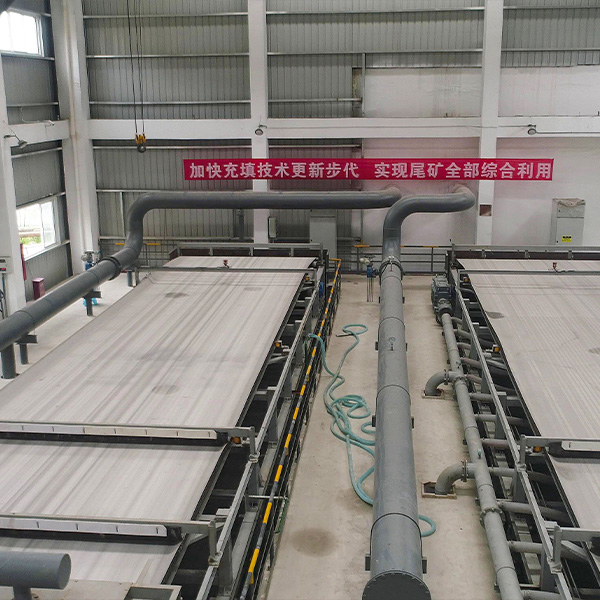
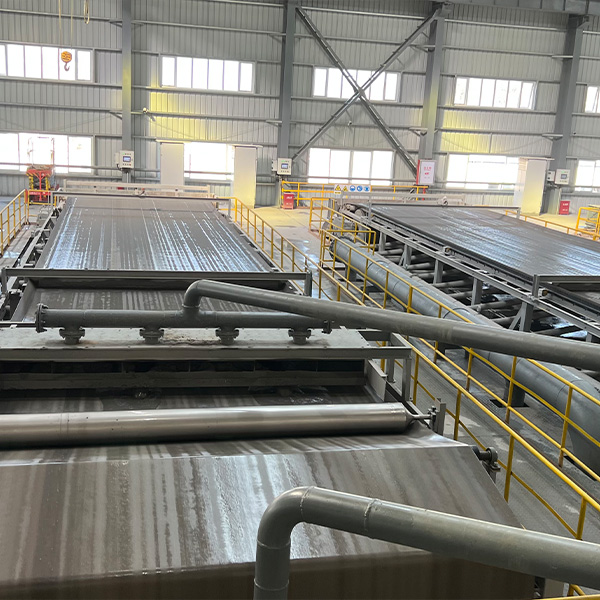
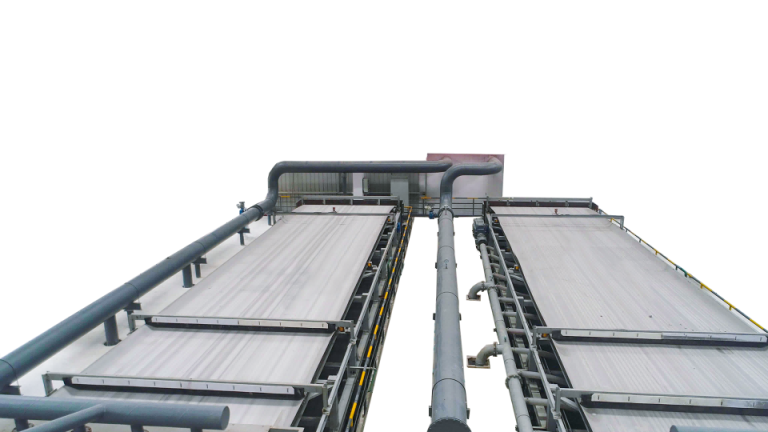
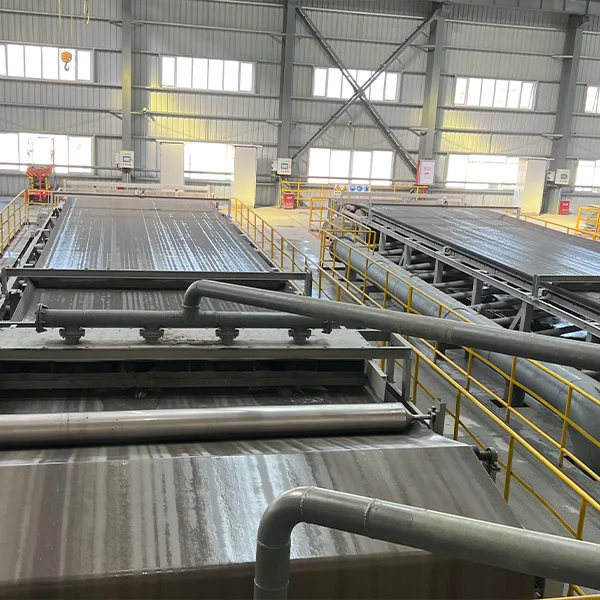
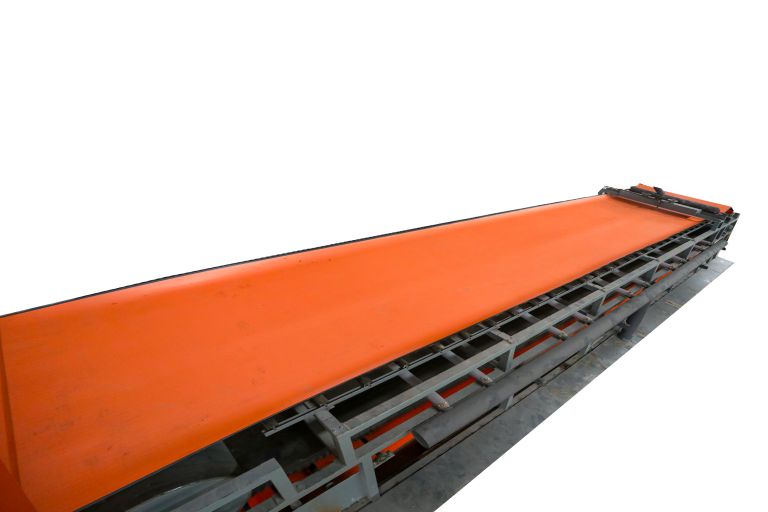
The horizontal vacuum filter is a highly efficient solid-liquid separation device that utilizes filter cloth as the medium, achieving separation through the combined effects of material gravity and vacuum suction. It is extensively employed in various industries such as metallurgy, mining, petrochemicals, chemicals, pharmaceuticals, and environmental protection for tasks like solid-liquid separation, gypsum dewatering in flue gas desulfurization, and tailings treatment.
| Width | 1.3 | 1.8 | 2 | 2.5 | 3.2 | 4 | 4.5 | ||||||||
| Length | N | Area
m² |
Weight
T |
Area
m² |
Weight
T |
Area
m² |
Weight
T |
Area
m² |
Weight
T |
Area
m² |
Weight
T |
Area
m² |
Weight
T |
Area
m² |
Weight
T |
| 8 | 3 | 10.4 | 8.3 | 14.4 | 12.7 | 16 | 14.2 | 20 | 20 | 25.6 | 26.3 | ||||
| 10 | 4 | 13 | 9 | 18 | 13.7 | 20 | 15.4 | 25 | 22 | 32 | 28.5 | ||||
| 12 | 5 | 15.6 | 10.5 | 21.6 | 15.3 | 24 | 17.2 | 30 | 25.3 | 38.4 | 32.9 | ||||
| 14 | 6 | 18.2 | 11.5 | 25.2 | 16.6 | 28 | 18.7 | 35 | 27.4 | 45 | 35.3 | 56 | 51 | 63 | 57.9 |
| 16 | 7 | 20.8 | 12.5 | 28.8 | 17.9 | 32 | 20.2 | 40 | 29.5 | 51.2 | 37.7 | 64 | 53.6 | 72 | 60.8 |
| 18 | 8 | 23.4 | 13.5 | 32.4 | 19.2 | 36 | 21.74 | 45 | 31.6 | 58 | 40.1 | 72 | 56.2 | 81 | 63.7 |
| 20 | 9 | 26 | 14.5 | 36 | 20.5 | 40 | 28 | 50 | 38.6 | 64 | 42.5 | 80 | 58.8 | 90 | 72 |
| 22 | 10 | 39.6 | 21.8 | 44 | 30 | 55 | 40.9 | 70.4 | 51 | 88 | 66.6 | 99 | 75.2 | ||
| 24 | 11 | 48 | 32 | 60 | 43.2 | 77 | 53.5 | 96 | 69.4 | 108 | 78.4 | ||||
| 26 | 12 | 65 | 45.5 | 83.2 | 56 | 104 | 72.2 | 117 | 81.6 | ||||||
| 28 | 13 | 89.6 | 58.5 | 112 | 75 | 126 | 84.8 | ||||||||
| 30 | 14 | 96 | 61 | 120 | 77.8 | 135 | 88 | ||||||||
| H(m) | N<5 | 2 | 2 | 2 | 2.18 | 2.6 | |||||||||
| 5≤N≤9 | 2.18 | 2.18 | 2.18 | 2.38 | 3.1 | 3.1 | 3.1 | ||||||||
| N>9 | 2.18 | 2.18 | 2.18 | 2.6 | 3.1 | 3.6 | 3.6 | ||||||||
| W(m) | 1.95 | 2.45 | 2.65 | 3.25 | 4.15 | 4.8 | 5.3 | ||||||||
The machine utilizes a fixed vacuum box, with a continuous rubber belt driven by a motor that runs over the vacuum box. The filter cloth is placed on the rubber belt and moves synchronously with it. The rubber belt makes contact with the friction belt on the vacuum box sliding platform, creating a water-sealing structure.
The slurry is evenly distributed onto the filter cloth by a distributor. A vacuum suction filtering area is formed when the vacuum chamber connects with the vacuum system. The filtrate is collected in the grooves of the rubber belt and enters the vacuum chamber through holes after passing through the filter cloth. Solid particles remain on the filter cloth, forming a filter cake. The liquid that enters the vacuum chamber is discharged through an air-water separator. As the rubber belt moves, the filter cake proceeds to the washing area and then to the drying area. Finally, the filter cloth separates from the rubber belt at the discharge roller, where the filter cake is discharged. The filter cloth is then cleaned and regenerated before returning to the filtering area via a series of support rollers and a rectifying device, ready to begin a new filtration cycle.
